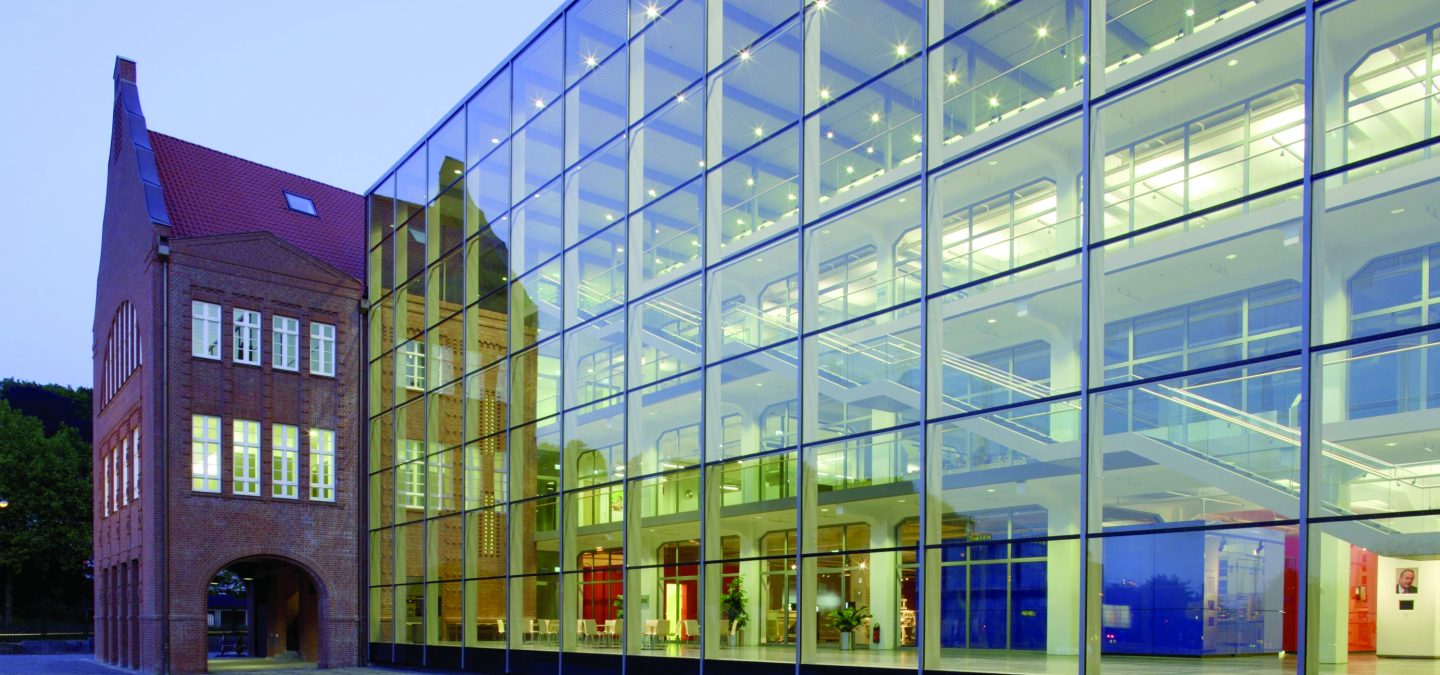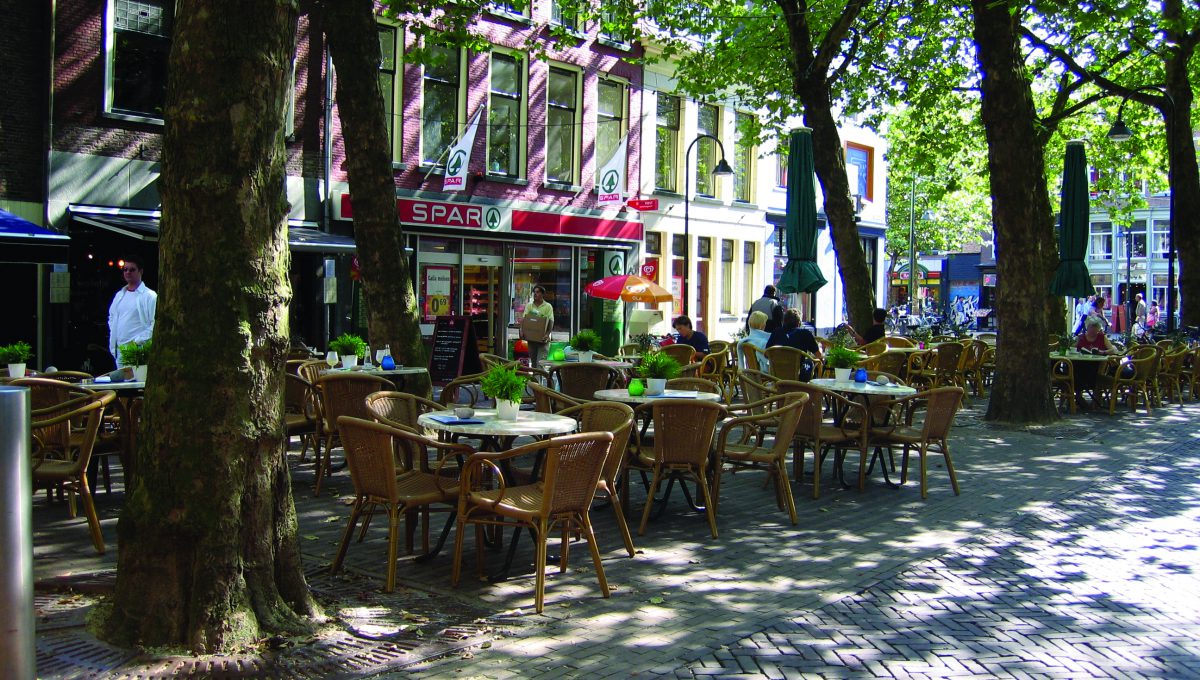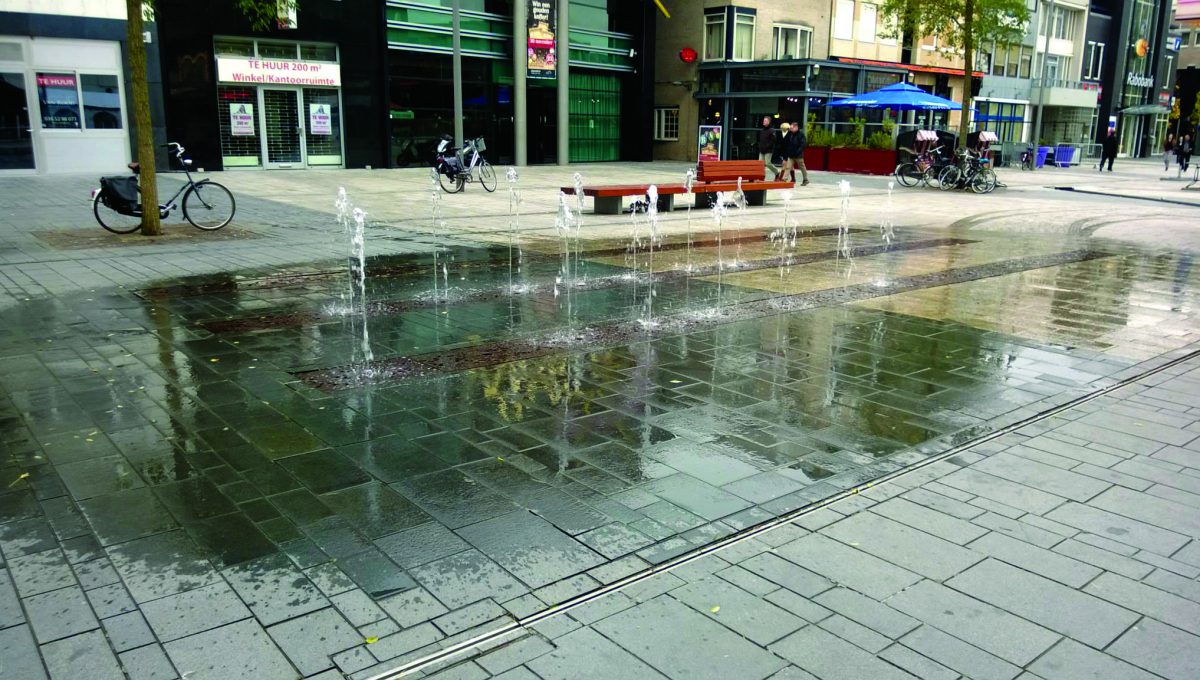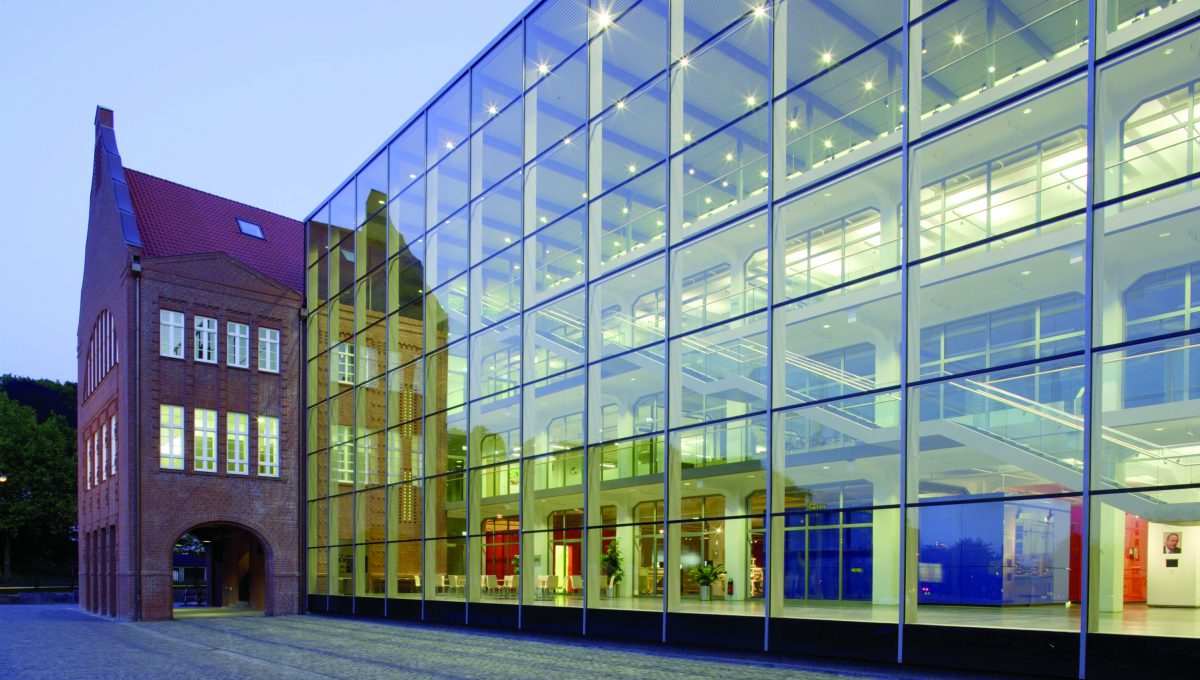
Keep up with our latest news and projects!

Although the looks of a city are important for its appreciation, sound is more often responsible for how we feel at a particular location. The properties of hearing are noticeably different from those of sight. Sight is perceived through a frame, while sound is experienced in a sphere, covering 360 degrees from all directions around us. The acoustic space that individuals and objects occupy is in most cases much larger than their physical space. We can choose what to look at, but not necessarily what we hear.
This book is about the experience of the city at eye level. I argue that a good strategy for the city at eye level must also take into account urban acoustics, the city at ear level. The sounds we experience can vary greatly from street to street and can influence the way we feel or perceive a location, a street, neighbourhood, or plinth. Adequate auditory conditions make it possible to communicate and interact with the city and with each other.
The term soundscape is the acoustic equivalent of the word ‘landscape’ and involves everything we can hear at a specific location. The sound of the city is the result of the interplay between architecture and city planning, the design of technology, and the behaviour of citizens. The urban soundscape is predominantly characterised by traffic sounds and the technology we use in public space. Whenever a problem with sound arises, we call it ‘noise’. Noise can be defined as ‘unwanted sound,’ and when it’s a problem, ‘noise pollution’ is officially the government’s responsibility.
It is a common misconception that people prefer silence most of the time. People living in cities accept noise. The appreciation for sound does not, however, exclusively depend on its level. In many cases a quantitative approach to sound is not very helpful because problems with sound are predominantly qualitative. It is not the level, but the meaning or context of sound that is most important. It depends on the context whether we consider sounds as an annoyance. So yes, too much traffic noise, while we are trying to sleep, is annoying. But if we like our neighbours, we are probably less irritated by their sounds.
Sounds are meaningful as long as they fit the context. Composer and soundscape researcher Barry Truax studied the soundscape from the concept of acoustic communication. Sounds are meaningful for a location as long as they are part of (or permit) communication. Sounds that are not functional within the acoustic communication are marked as noise. Good design enables good acoustic communication.
According to Truax a satisfactory soundscape meets the following three requirements. First there is variation. A high-quality soundscape has a lot of different sounds. Second, complexity within the sounds is also essential. Monotonous, repetitive sounds do not lead to an interesting soundscape. Third, there must be functional acoustic balance exists between the spatial, temporal, social and cultural context of the environment. The space you are in should not sound bigger or smaller than you see it. The sound should vary with time and should fit the social context. A hotel has thick carpets and a peaceful soundscape, which makes you feel relaxed. A beautiful building or neighbourhood can be spoiled by a bad soundscape, because it cannot fulfil its objective. It creates an unattractive or even unbearable environment.
 Sidewalk cafes generate a rich texture of sound
Sidewalk cafes generate a rich texture of sound
 Fountains to mask noise
Fountains to mask noise
 Glass façades reflect noise - © ERCO Fotografie Frieder Blickle, Hamburg
Glass façades reflect noise - © ERCO Fotografie Frieder Blickle, Hamburg
Sound design in public space starts with creating awareness of how we interact on an acoustic level. We suggest three ways to reduce the impact of meaningless sounds: by absorbance, diffusion, or masking. Both are common techniques to improve the acoustic properties of sound studios and concert halls. Absorbance involves introducing objects with a soft and open texture. Trees, shrubs and hedges, and also certain sculptures, can absorb (and reduce) the levels of unwanted sounds. Smooth and hard surfaces directly reflect sound waves, while irregular surfaces result in diffusion or spreading of sound in all directions, also diminishing their impact. Façades with uneven surfaces or with an irregular arrangement of objects can act as diffusers. Another technique is masking. Irritating sounds can be masked by less intrusive ones, such as water fountains or water sculptures that are used to mask traffic noise.
A plinth with interesting activities often sounds good. The soundscape of the sidewalk mixes the sounds of the outside (like traffic), with sounds from the inside, coming from houses and shops. Many modern office buildings have a hard glass façade on the ground level (or even two floors). These are an acoustic nightmare, because they reflect (and amplify!) sounds, including traffic noise. Just as much as they are visual mirrors, passers-by are acoustically thrown back on themselves and this precludes the possibility to connect with the environment. On the other hand, sidewalk cafes, workshops, open plinths, and stores provide a variety of activities that also generate rich textures of sound. Personalised hybrid spaces, like small front gardens and hedges, are also great diffusers. As long as there is a clear relation of the sounds to the concurrent events, they are part of meaningful acoustic communication.
Interested? Join The City At Eye Level and share your story!
Discover morePerception theory tells us that our brains cannot process all incoming information with the same alertness—also known as selective attention. Our perception divides information into foreground and background. Whenever one signal is more complex than another one, the complex one will dominate as foreground. For instance, when we hear two melodies at once, we perceive the more complex one as foreground. In the same way, rich sound textures, generated by constantly changing activities at plinths, will banish traffic sounds to our perceptual background.
The urban soundscape is determined by three elements: urban design, technology (sounds from cars, tools, phones) and the user’s behaviour and perception. Design will always be only one facet. The soundscape is not a fixed condition but a reciprocal process. Within the acoustic community the listener, as a perceptual mediator, is as much responsible for the meaning of sound as its source. Yet, the urban design hardly ever involves the influence of sound on the experience. Designers should look more carefully at Truax’s requirements for a satisfactory soundscape, to add to a better street experience.